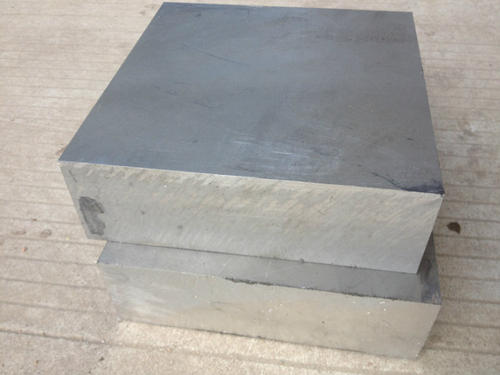forging of aluminium alloys belongs to Al-Mg-Si-Cu series and Al-Cu-Mg-Ni-Fe series alloys. Although there are many types of alloying elements in this type of aluminum alloy, the content of each element is small, so it has good thermoplasticity and is suitable for making various forgings for aviation, especially large forgings with complex shapes. The addition of copper, magnesium, silicon and other elements can form Mg2Si, Al2CuMg, CuAl2 and other compounds in the alloy. When adding iron and nickel, the service temperature of the alloy can be increased, so it is called heat-resistant forged aluminum alloy. Commonly used forged aluminum alloys are 6A02, 2A50, 2B50 and 2A14. The supply state is generally quenching and artificial aging.

For forging of aluminium alloys that needs to work at a temperature away, a small amount of transition group elements manganese, chromium, germanium, and titanium are usually added. These elements dissolve into the matrix to strongly increase the recrystallization temperature. When the dispersed second phase precipitates, it can be Effectively prevent the recrystallization process and grain growth. The recrystallization temperature is also an index reflecting the heat resistance.
Excessive alloying element content in the wrought aluminum alloy will cause a serious decline in the plasticity and corrosion resistance of the alloy process, and even make the pressure processing of the alloy difficult. Therefore, w(Cu) in the wrought aluminum alloy—generally no more than 5%, w(Mg) no more than 2.5%-5%, w(Zn) is 3%-8%, and w (Si)—generally 0.5%- 1.2%. Elements such as iron and silicon are harmful impurities in wrought aluminum alloys.

For forging of aluminium alloys that needs to work at a temperature away, a small amount of transition group elements manganese, chromium, germanium, and titanium are usually added. These elements dissolve into the matrix to strongly increase the recrystallization temperature. When the dispersed second phase precipitates, it can be Effectively prevent the recrystallization process and grain growth. The recrystallization temperature is also an index reflecting the heat resistance.
Excessive alloying element content in the wrought aluminum alloy will cause a serious decline in the plasticity and corrosion resistance of the alloy process, and even make the pressure processing of the alloy difficult. Therefore, w(Cu) in the wrought aluminum alloy—generally no more than 5%, w(Mg) no more than 2.5%-5%, w(Zn) is 3%-8%, and w (Si)—generally 0.5%- 1.2%. Elements such as iron and silicon are harmful impurities in wrought aluminum alloys.








